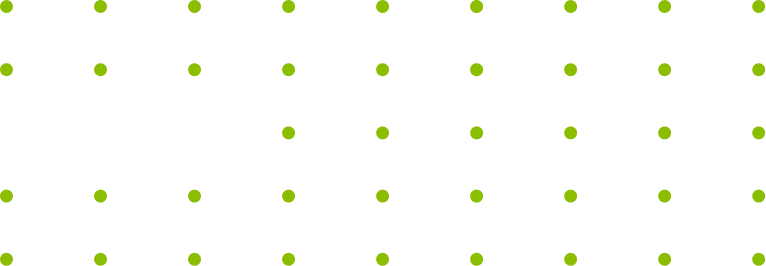Lowering of the reproductive system



OPERATIONS
Modern minimally invasive treatment of prolapse – lateral hysteropexy using the Dubuisson’s method. Stress urinary incontinence Tubal dropsy Vaginal surgery (vaginoplasty) Lowering of the reproductive system Infertility Uterine myoma Labia hypertrophy Ovarian cysts and ovarian tumors EndometriosisOPERATIONS
Lowering of the genitals occurs due to the stretching of the muscles supporting the vagina, rectum and bladder, which most often happens after birth. Prolapse of the uterus, that is its transfer to the vagina, is caused by pelvic muscle weakening. If the condition is very advanced, the uterus may even slide out. In extreme cases, the so-called eversion of the vagina, that is, its ectropium to the left. Genetic causes of genital mutilation include inherited disorders of collagen metabolism.
These changes can be the effect of long and difficult births or births of newborns with high birth weight, as well as hard physical work. Performing plastic surgery in such situations is often the only possible treatment. Symptoms that may indicate a decrease in the reproductive system are constant pressure, lower abdominal pain and back pain, frequent inflammation and recurrent urinary infections. Sometimes, the patient herself states the presence of a spherical vaginal lesion in the vestibule, which is the lowering front wall of the vagina.
Vaginoplasty involves 3 steps. Plastic surgery of the front wall of the vagina with the liquidation of the so-called cystocele, plastic of the rear wall covering the elimination of the so-called rectocele and episioperineoplasty with reconstruction of the central tendon. Depending on the extent of the lesions, only part of the stages of this plastic surgery are performed, or all stages together. The treatment is performed by a gynecologist, on an operating table resembling a gynecological chair. Before surgery, the doctor draws precise lines of planned surgical incisions in such a way as to determine the size of the necessary amount of tissue parts needed to be removed.
Thanks to the procedure, vaginal tightening, cystocele and rectocele removal as well as improvement of the pelvic floor muscle tension and crotch elevation, i.e. the enlargement of the area between the vagina and the anus are obtained. A significant part of the operation is adequate restoration of pelvic floor muscles and removal of excess vaginal mucosa. A small seam is created on the external part. Usually, the procedure is performed under spinal or general anesthesia.
The external wound on the skin heals for about 7-10 days. The patient returns to complete motor activity after a few days, and to sexual activity after 6-8 weeks.
The time in which the patient is mobile after surgery depends on the anesthesia used. Usually, the patient is mobile about 4-6 hours after surgery. The patient may drink fluids, and after the occurrence of intestinal peristalsis, and eat easily digestible foods. Usually the patient is sent home the next day after surgery, but sometimes there is a need to remain in the ward 1 day longer. Because the pain after surgery is very small, only common analgesics are to be used. After surgery, it is possible to return to daily activities, and to full activity after about 4-6 weeks.

